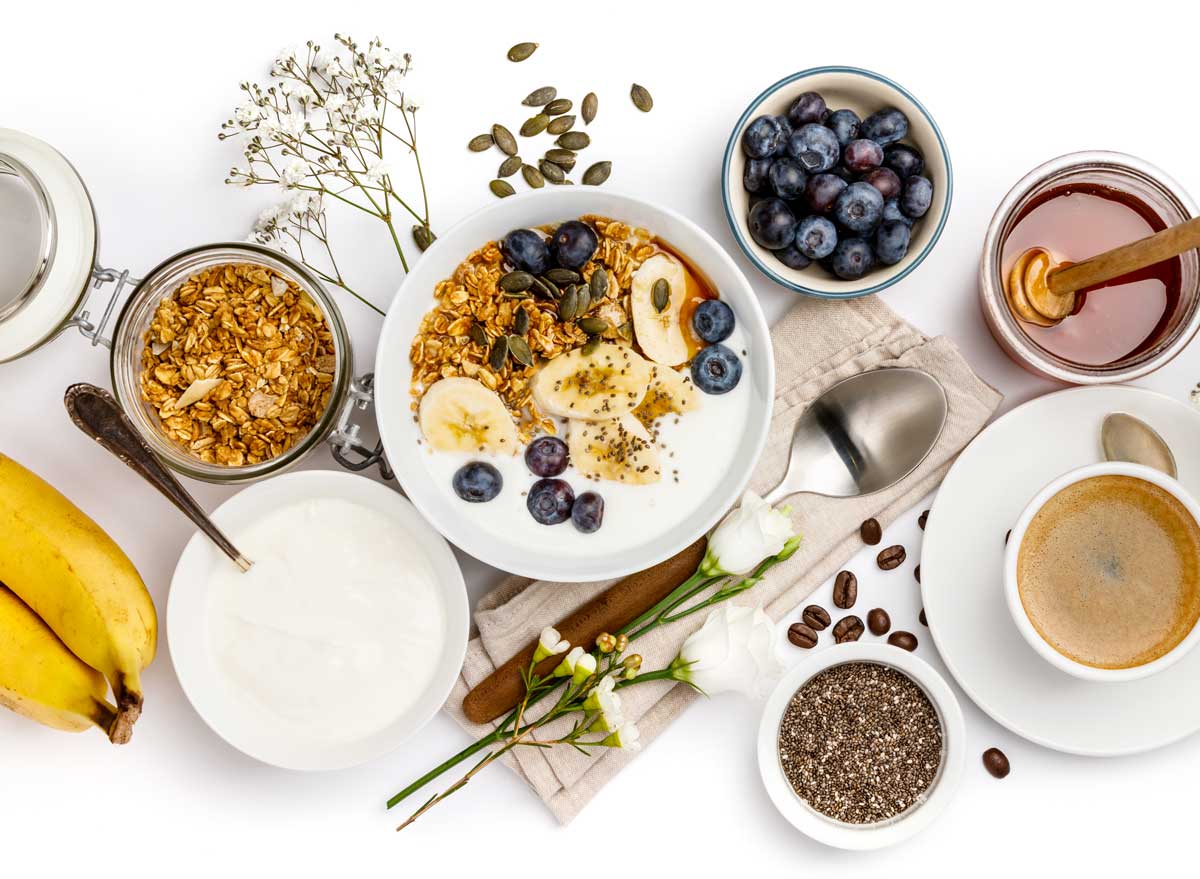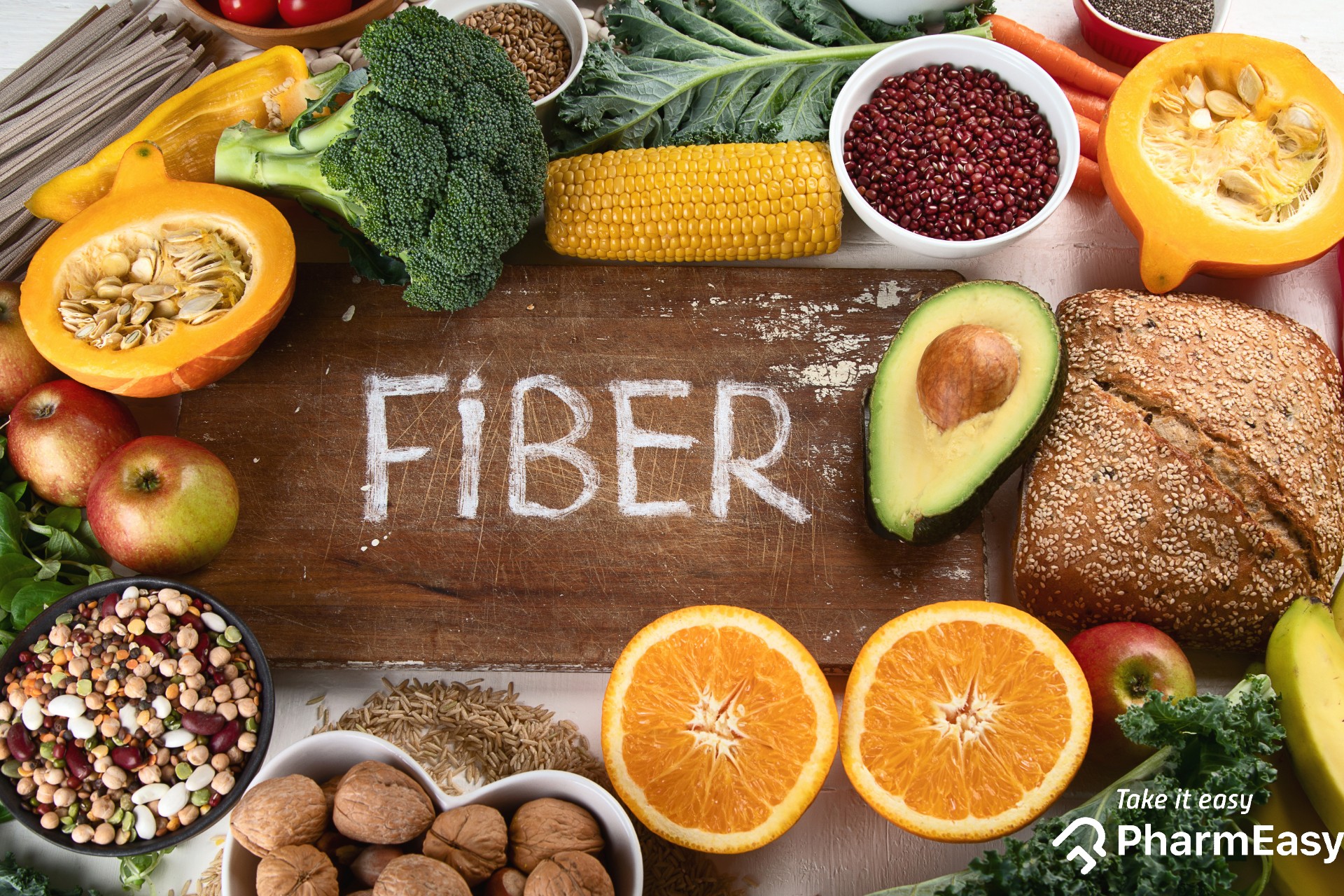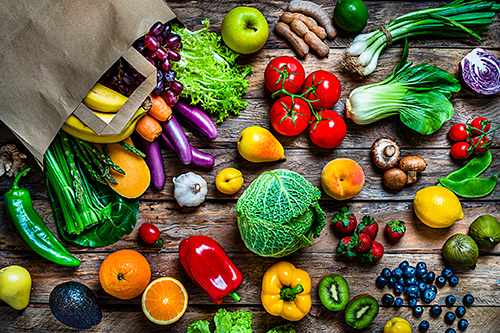Meatless Marvels: The Wonders of Going Vegetarian
 |
| Meatless Marvels: The Wonders of Going Vegetarian, Healthnews // Aviva |
Nourishing Your Body and the Planet with a Plant-Based Lifestyle
Vegetarian
Healthnews: A vegetarian is a person who abstains from consuming meat, fish, and poultry. Some vegetarians may also avoid other animal products, such as dairy and eggs, and follow a vegan diet. People may choose to follow a vegetarian diet for various reasons, including ethical, health, and environmental concerns. Vegetarianism has become increasingly popular in recent years, and there are now many plant-based alternatives to meat and dairy products available in supermarkets and restaurants.
The Power of Plants: Exploring the Benefits of a Vegetarian Diet
The benefits of being Vegetarian ?
There are several potential benefits of following a vegetarian diet. Here are some of the most commonly cited:
- Reduced risk of chronic diseases: Vegetarians tend to have lower rates of heart disease, high blood pressure, type 2 diabetes, and certain types of cancer.
- Weight management: Vegetarian diets are generally lower in calories and higher in fiber than meat-based diets, which can help with weight management.
- Improved digestion: Plant-based diets are rich in fiber, which can improve digestion and help prevent constipation.
- Environmental benefits: Meat production is resource-intensive and contributes significantly to greenhouse gas emissions. Choosing a vegetarian diet can help reduce your carbon footprint and contribute to a more sustainable food system.
- Ethical concerns: Many people choose to follow a vegetarian diet for ethical reasons, such as concerns about animal welfare and the treatment of animals raised for food.
- Lower risk of foodborne illness: Raw or undercooked meat can harbor harmful bacteria, such as Salmonella and E. coli. Avoiding meat can help reduce the risk of contracting these types of infections.
- Reduced inflammation: Some research suggests that a plant-based diet may help reduce inflammation in the body, which is associated with a range of chronic diseases.
- Better skin health: Plant-based diets are rich in antioxidants, which can help protect the skin from damage and improve overall skin health.
- Lower cholesterol levels: Vegetarian diets are generally lower in saturated fat, which can help reduce cholesterol levels and lower the risk of heart disease.
- Improved mood: Some studies have found that vegetarian diets may be associated with improved mood and lower rates of depression and anxiety.
Of course, it's important to keep in mind that everyone's nutritional needs are different, and what works for one person may not work for another. If you're considering a vegetarian diet, it's a good idea to talk to a healthcare professional or registered dietitian to make sure you're meeting all your nutritional needs.
R E A D :
- The Pescatarian Diet and Health Benefits of Diet
- The Flexitarian Diet Is ?
- Raw food diet
- A fruitarian diet
Side effects of being a vegetarian?
In general, a well-planned vegetarian diet is considered safe and can provide all the nutrients your body needs. However, there are a few potential side effects to be aware of:
- Nutrient deficiencies: While it's possible to get all the nutrients your body needs on a vegetarian diet, it can be more challenging to get enough of certain nutrients that are primarily found in animal products, such as vitamin B12, iron, and zinc. Vegetarians may need to be especially mindful of getting enough of these nutrients from plant-based sources or through supplements.
- Increased risk of certain nutrient excesses: Some vegetarian foods, such as soy and legumes, are high in compounds called phytates, which can bind to certain minerals and make them less absorbable. This can increase the risk of nutrient excesses in some cases.
- Digestive issues: A vegetarian diet that is high in fiber can sometimes cause digestive issues, such as bloating, gas, and constipation. It's important to gradually increase fiber intake and stay hydrated to help prevent these issues.
- Social challenges: Depending on where you live and who you socialize with, following a vegetarian diet can sometimes present social challenges, such as limited food options at social gatherings or pushback from friends and family members who don't understand or support your dietary choices.
- Start slowly: You don't have to switch to a vegetarian diet overnight. Consider gradually reducing your intake of meat and incorporating more plant-based meals into your diet.
- Do your research: Take some time to learn about vegetarian nutrition and the nutrients you'll need to pay special attention to, such as protein, iron, and vitamin B12. Consider consulting a registered dietitian to help you plan a balanced vegetarian diet.
- Experiment with new recipes: There are many delicious and nutritious vegetarian recipes available online or in cookbooks. Experiment with new ingredients and cooking techniques to find meals you enjoy.
- Focus on whole foods: Eating a variety of whole, plant-based foods is key to a healthy vegetarian diet. Focus on whole grains, fruits, vegetables, legumes, nuts, and seeds.
- Be prepared: When you're first starting out, it can be helpful to plan your meals and snacks in advance to make sure you're getting all the nutrients your body needs. Consider keeping
- Get support: Consider joining a vegetarian or vegan community to connect with others who share your dietary values and can provide support and advice.
- Be flexible: Remember that there are many different types of vegetarian diets, and what works for one person may not work for another. It's okay to experiment and find what works best for you.
- Consider supplements: Depending on your individual needs, you may need to supplement your diet with nutrients such as vitamin B12, iron, or omega-3 fatty acids. Talk to your healthcare provider or registered dietitian about whether supplements are right for you.
- Don't be too hard on yourself: It's okay to slip up or make mistakes as you transition to a vegetarian diet. Remember that every plant-based meal you eat is a step in the right direction, and focus on progress rather than perfection.
Becoming a vegetarian can be a rewarding and fulfilling journey, and with some planning and preparation, it's possible to maintain a healthy and balanced diet without consuming meat.
* There are many potential benefits to following a vegetarian diet, including reduced risk of chronic diseases, improved digestive health, and lower environmental impact. However, it's important to be mindful of potential nutrient deficiencies and to plan your meals carefully to ensure you're getting all the nutrients your body needs. If you're considering a vegetarian diet, it's a good idea to do your research, consult a registered dietitian or healthcare provider, and take things one step at a time. With some effort and planning, many people are able to successfully transition to a healthy and fulfilling vegetarian diet.















